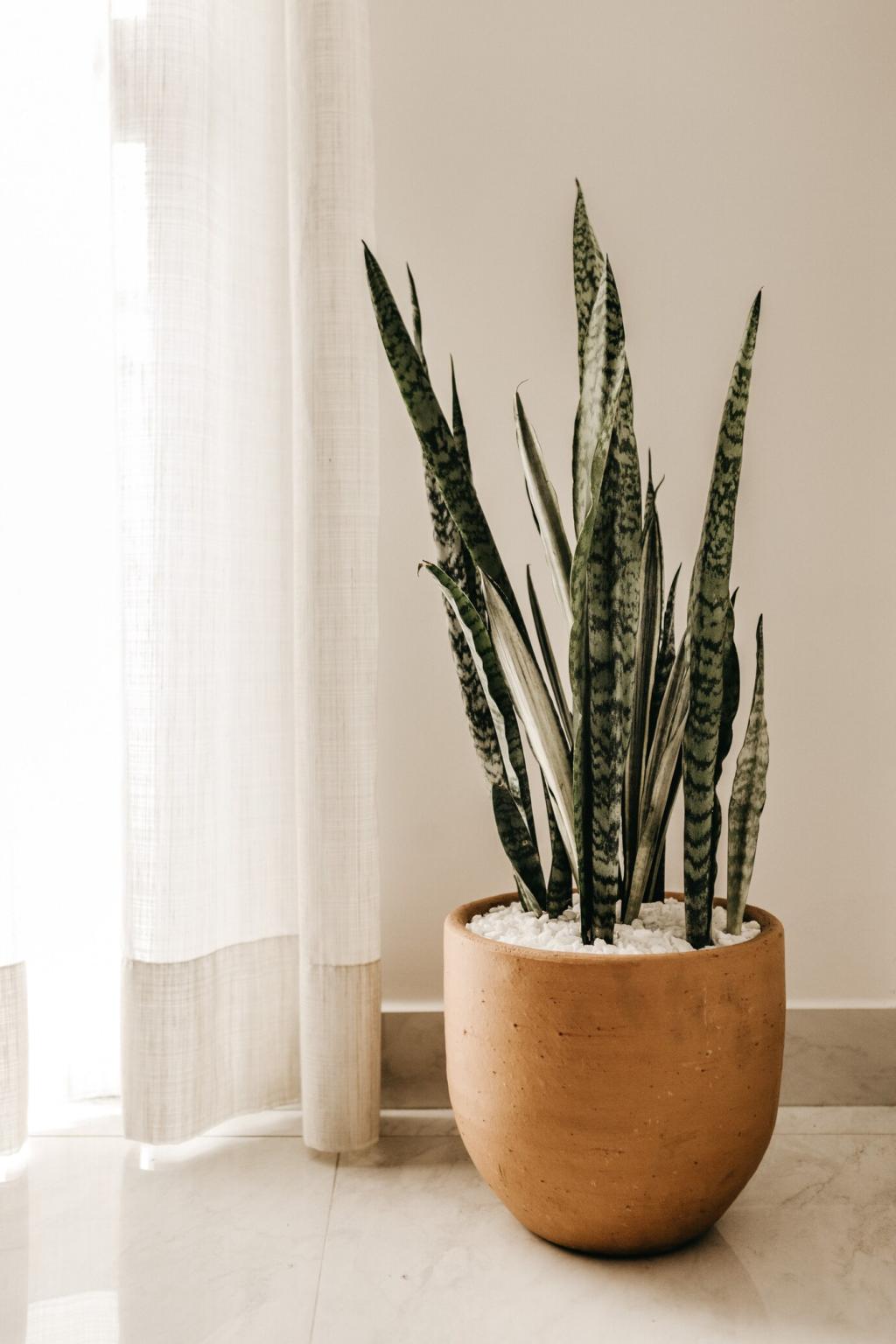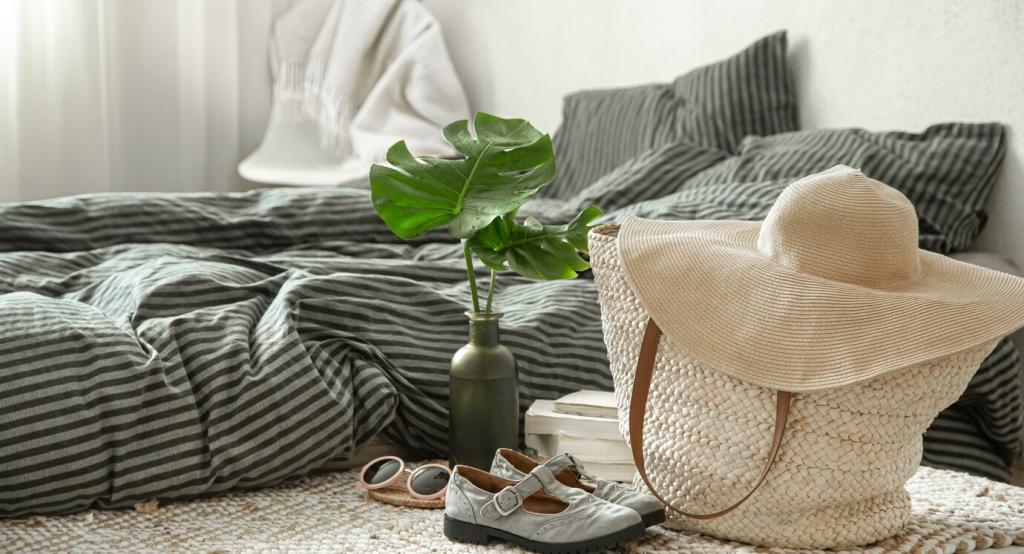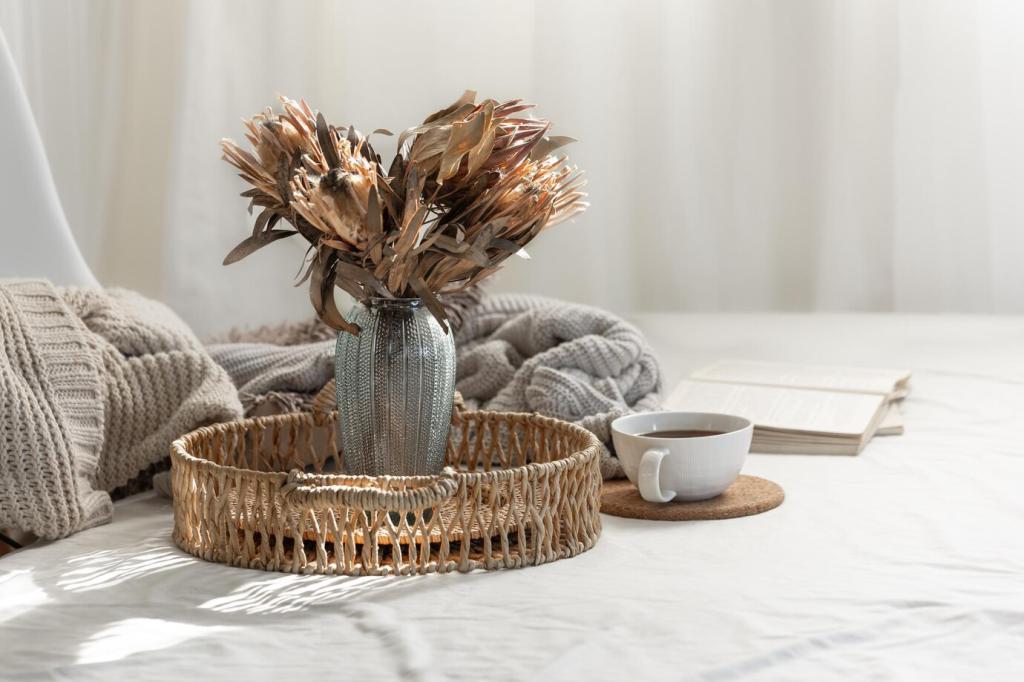
Incorporating Biophilic Design in Sustainable Homes
Incorporating biophilic design into sustainable homes represents a harmonious blend of architecture and nature, focusing on creating living spaces that nurture human wellbeing while minimizing environmental impact. Biophilic design draws inspiration from the natural world, utilizing elements such as natural light, water features, greenery, and organic materials to foster a strong connection between residents and their environment. As society grows increasingly urbanized and conscious of sustainability, integrating biophilic principles not only enhances home comfort and aesthetic appeal but also promotes environmental stewardship, energy efficiency, and holistic health for those who dwell within.
Understanding Biophilic Design Principles
Direct connections with nature within a home may include features like expansive windows for daylight and views, indoor gardens, water elements, or the use of natural airflows for ventilation. Direct interaction with living systems in daily life nurtures a sense of peace, belonging, and vitality. By allowing residents to experience changing weather, daylight rhythms, and seasonal shifts, such features invite restorative qualities into the home, fostering both mental wellbeing and deeper environmental consciousness.
Previous
Next
Sustainable Materials and Greenery Integration

Choosing Eco-Friendly Materials
The decision to use renewable, recycled, or low-impact materials contributes significantly to a home’s sustainability profile. Materials such as bamboo, responsibly harvested timber, recycled metals, or reclaimed bricks signal a commitment to environmental preservation while offering aesthetic warmth and texture. Beyond their ecological benefits, these materials support biophilic objectives by emphasizing authenticity and craftsmanship, integrating tactile and visual cues that echo the beauty and resilience of the natural world.

Living Walls and Indoor Plants
Introducing living walls and an abundance of indoor plants serves dual purposes in sustainable biophilic homes. Not only do they purify the air and moderate indoor humidity, but they also provide color, movement, and fragrance. Living walls can become striking focal points that support biodiversity and even provide culinary herbs for the kitchen. Carefully selected plant species, matched to the home’s light and climate conditions, will thrive over time, rewarding attention with vitality and natural beauty year-round.

Exterior Green Integration
Thoughtfully designed landscapes, green roofs, and vertical gardens on the exterior of sustainable homes contribute both to insulation and biodiversity. These features can provide habitat for local wildlife, manage stormwater, and reduce the heat island effect in urban settings. An integrated approach to exterior greenery also supports visual and physical continuity between indoor and outdoor spaces, encouraging residents to step outside, enjoy fresh air, and interact with their immediate environment as a holistic extension of their living space.
Strategic Window Placement
Windows serve as vital connections between inside and out, and their placement dramatically impacts both energy efficiency and the quality of natural light within a home. Well-positioned windows allow sunlight to penetrate deeply, illuminating spaces and highlighting architectural details. Operable windows also enable cross-ventilation, flushing out pollutants and maintaining high air quality. The design process may involve orienting living areas towards gardens or scenic views, making natural light a celebrated feature rather than an afterthought.
Skylights and Solar Tubes
When ground-level windows are not enough, skylights and solar tubes provide innovative solutions for introducing daylight into interior rooms, hallways, or bathrooms that might otherwise be dim. These features direct sunlight from above, reducing the need for electric lighting while creating dynamic light patterns throughout the day. Beyond the practical energy savings, the shifting interplay of light and shadow fosters a mood of serenity and subtly marks the passage of time, deepening one’s connection to nature.
